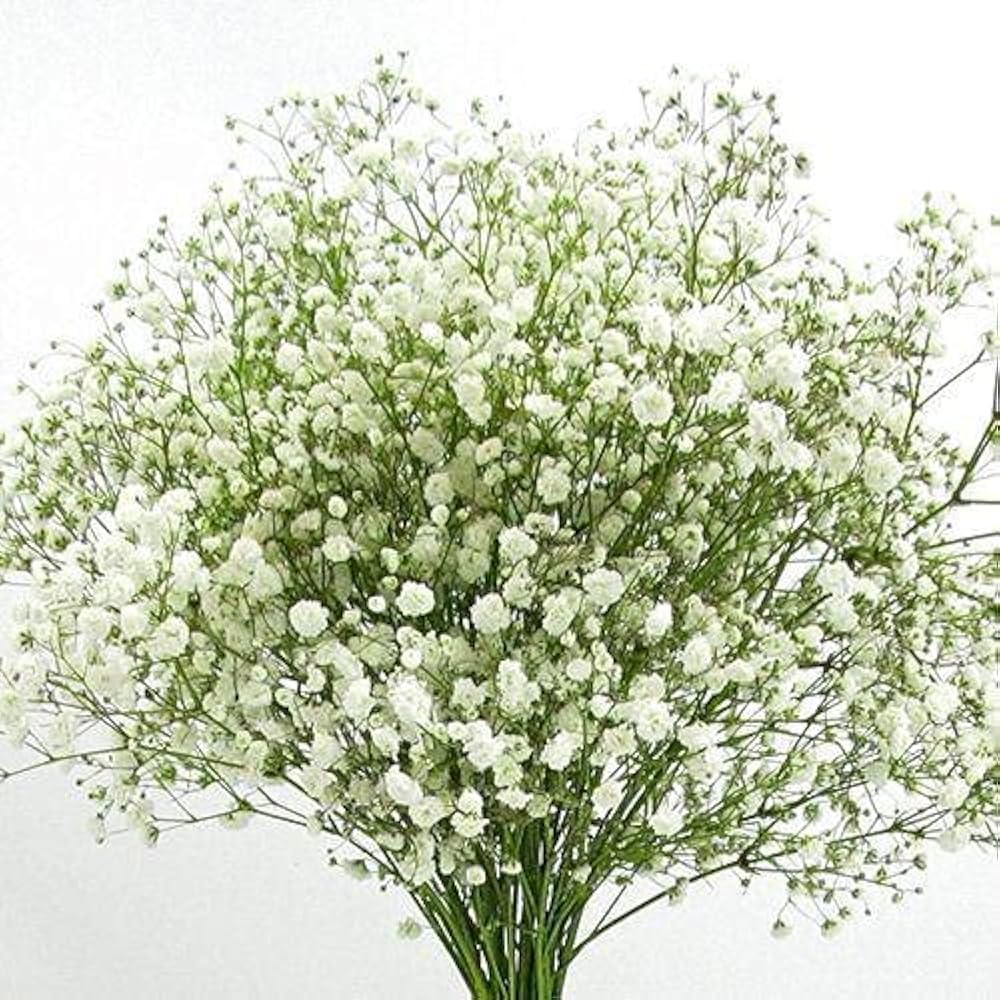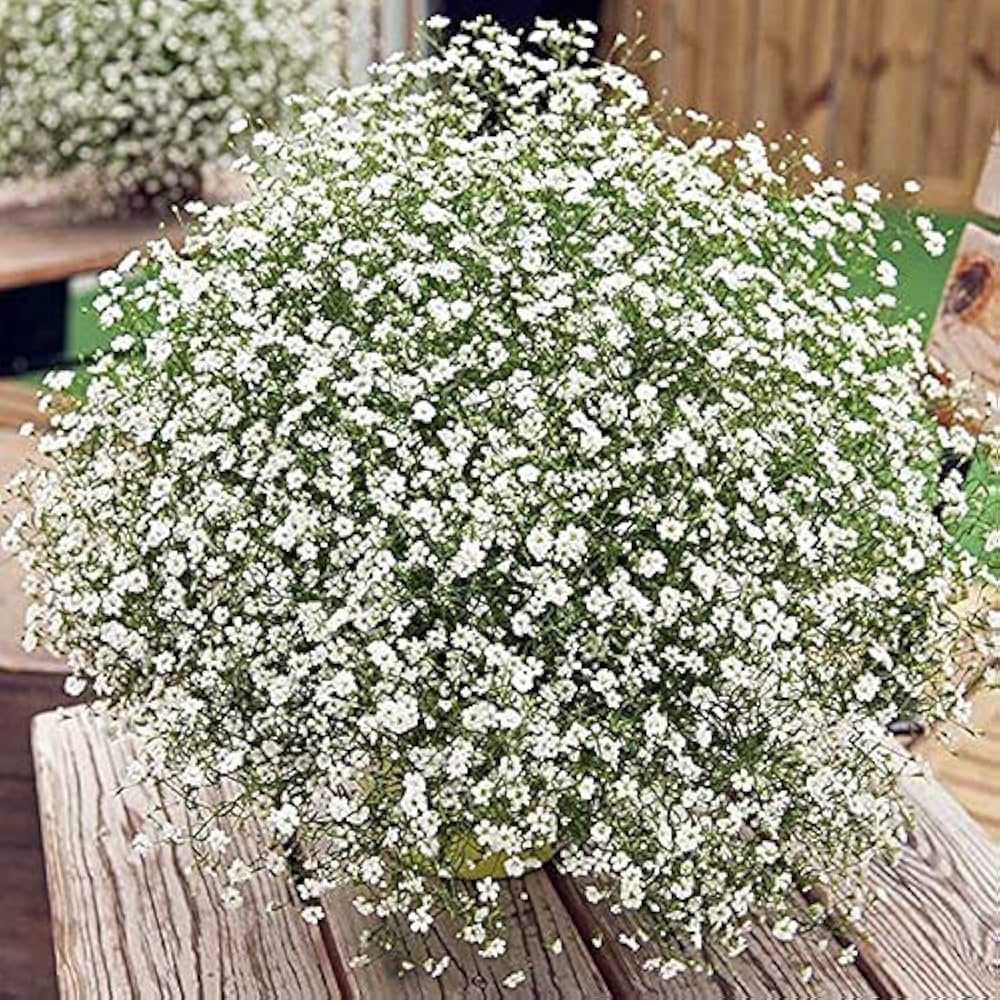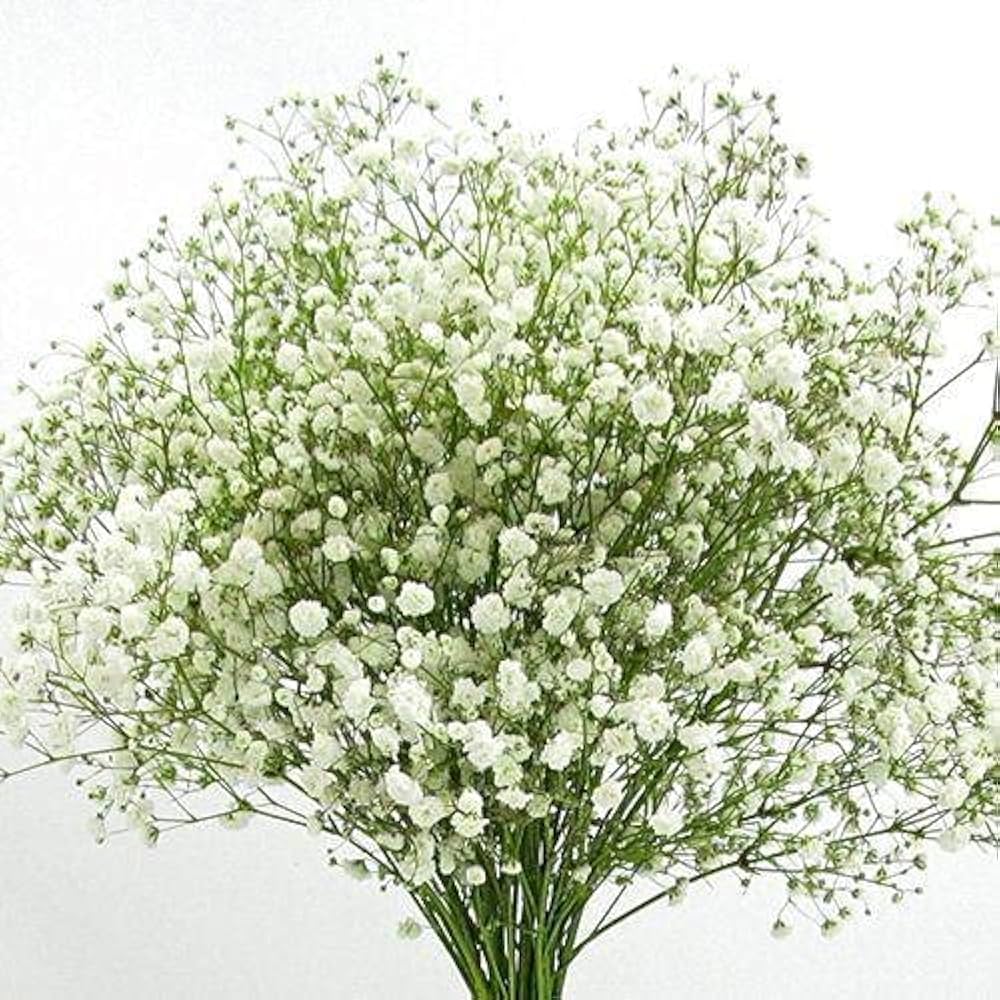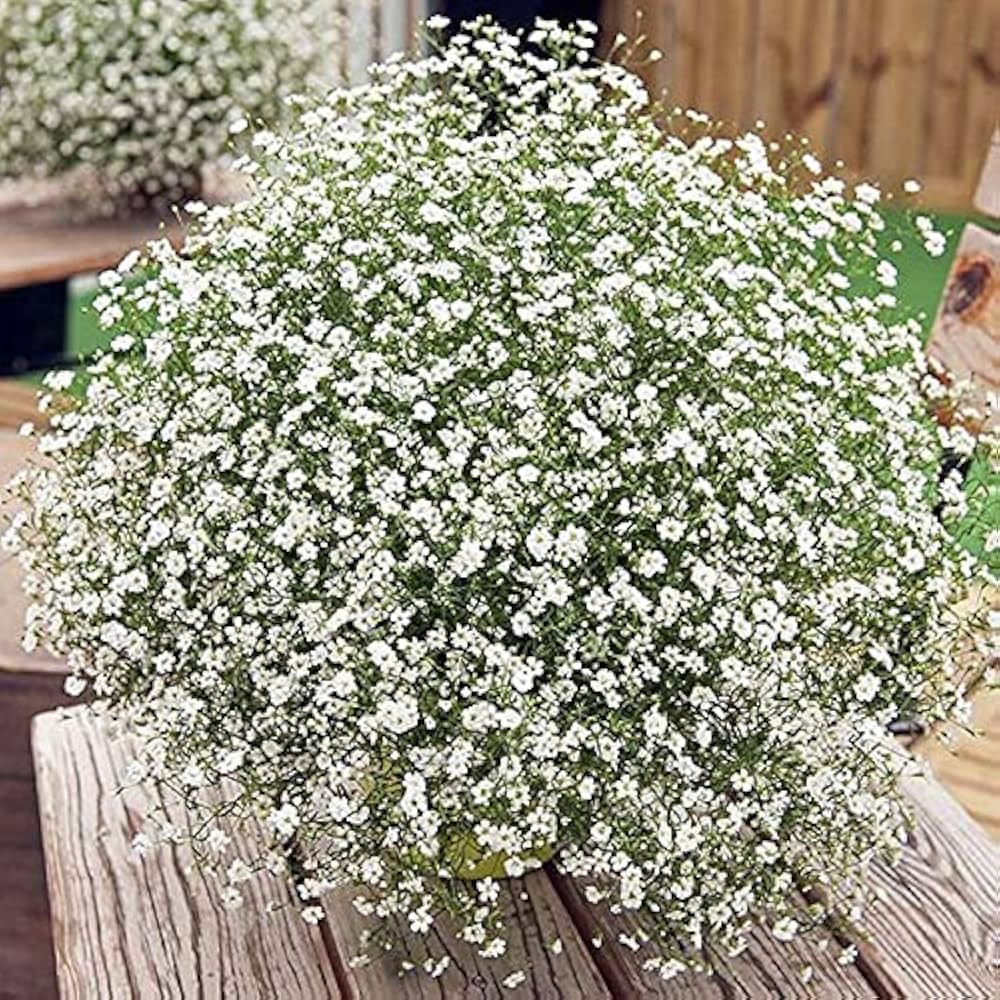Gypsophila Paniculata Perennial Garden Flower Seeds
Couldn't load pickup availability
Description
Gypsophila Seeds
Characteristics and Uses of Gypsophila Plants
Gypsophila, commonly known as Baby's Breath, is a charming perennial flower renowned for its delicate, airy clusters of tiny white or pink blooms. This versatile plant is often used in floral arrangements, adding a soft and romantic touch to bouquets and centerpieces. Ideal for gardeners of all levels, these non-GMO seeds allow you to cultivate this beautiful flower, enhancing your garden with its graceful presence and providing excellent filler for cut flower arrangements.
Growing Conditions for Gypsophila Plants
- Light Requirements: Prefers full sun for optimal growth and flowering.
- Soil Type: Thrives in well-draining, sandy or loamy soil with good fertility.
- Temperature: Grows best in moderate temperatures, ideally between 60°F to 75°F.
Planting Tips for Gypsophila
- Seed Depth: Sow seeds about 1/8 inch deep in the soil.
- Spacing: Space plants 12 to 18 inches apart to allow for proper air circulation.
- Timing: Best planted in early spring or fall for optimal germination.
Watering Instructions and Tips
- Watering Frequency: Water regularly, keeping the soil consistently moist but not soggy.
- Best Time to Water: Early morning is ideal to minimize evaporation and prevent fungal issues.
- Signs of Underwatering: Leaves may wilt or turn yellow, indicating a need for more moisture.
Growing Zones
Gypsophila plants are suitable for a variety of growing zones, including USDA zones 3-9 and global zones that experience similar temperate climates. This adaptability makes them a wonderful choice for gardeners in diverse environments.
Key Benefits & Uses
- Ornamental Value: Adds beauty and elegance to gardens and floral arrangements.
- Low Maintenance: Once established, they require minimal care, making them ideal for busy gardeners.
- Pollinator Friendly: Attracts bees and other beneficial insects, enhancing biodiversity in your garden.
Best Uses in the Garden & Landscape
- Flower Beds: Ideal for creating stunning flower beds and borders.
- Cut Flowers: Excellent for fresh flower arrangements, providing a unique aesthetic.
- Wildflower Gardens: Perfect for naturalizing and adding charm to wildflower gardens.
Conclusion
In conclusion, Gypsophila Seeds from bijaseeds are an exceptional choice for anyone looking to enhance their garden with these delicate and beautiful flowers. As a big, trusted name in the seed world, offering a wide range of high-quality, non-GMO varieties to gardeners everywhere, bijaseeds ensures that you can cultivate a thriving and visually stunning garden with ease.
FAQ
How do I grow Gypsophila?
To grow Gypsophila, start by planting the seeds about 1/8 inch deep in well-draining soil. Ensure they receive full sun and water regularly to keep the soil moist. Monitor for pests and provide adequate space for growth.
When is the best time to plant Gypsophila seeds?
The best time to plant Gypsophila seeds is in early spring or fall, allowing the seeds to germinate and establish roots in favorable conditions.
Are Gypsophila plants difficult to grow?
No, Gypsophila plants are relatively easy to grow with the right care. They are suitable for gardeners of all skill levels, and with proper attention, they can thrive and produce beautiful blooms.





